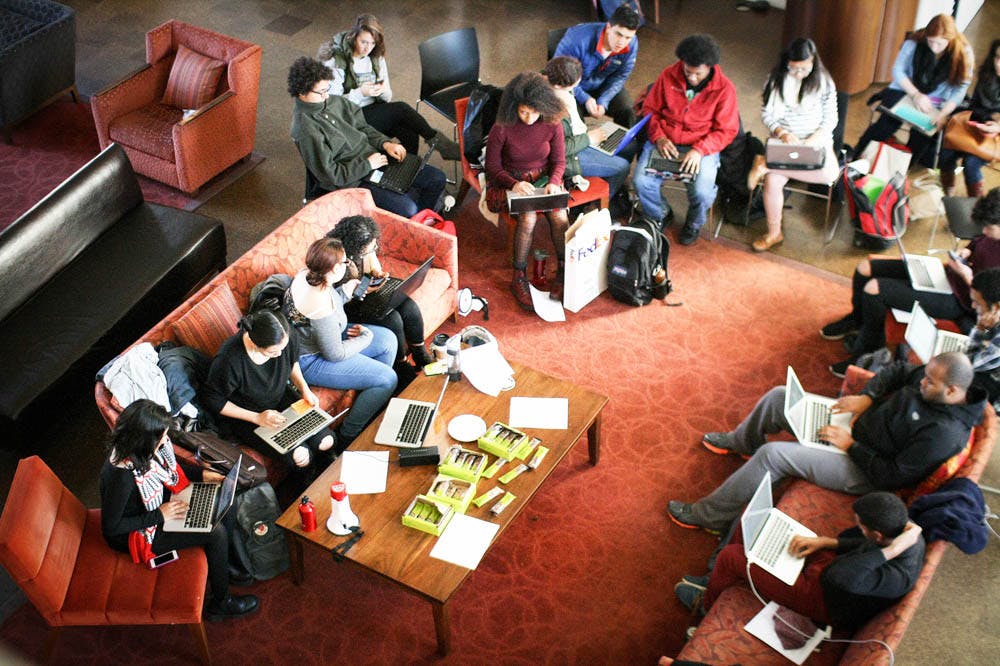Following the implementation of the University’s Diversity and Inclusion Action Plan and the creation of departmental and administrative DIAPs, the University has demonstrated progress in addressing accessibility-related issues on campus, said Catherine Axe ’87, associate dean and director of Student and Employee Accessibility Services.
Over the past year, academic and administrative departments have been working with SEAS to “make sure the … physical accessibility (of their buildings) is increased,” Axe said. Most notably, the University has taken steps to make Wilson Hall — a building that previously held 40 percent of University classes — accessible to students with disabilities, she said, citing ongoing renovations.
SEAS is also in the process of creating a checklist for departments to reference so that they can “independently look at their own space(s) … to make adjustments in the areas that lack accessibility and a sense of inclusivity,” she added.
At the same time, a digital offshoot of the Campus Access Advisory Committee, which works to resolve issues facing students with disabilities at Brown, was created to improve the accessibility of technology on campus, Axe said.
These “working groups are part of having greater visibility and better reach when it comes to having (favorable) outcomes,” she said.
Components of the University’s DIAP and DDIAPs — such as the University’s goal to hire more faculty specializing in disability studies — have helped raise awareness of accessibility-related issues on campus, Axe said. While the University does not recognize disability studies as an official concentration, students have still pursued courses related to disability, creating independent concentrations from American Sign Language and speech pathology class offerings, she added.
In the DDIAP for the anthropology department, students and faculty chose to prioritize accessibility for students with disabilities, said Anna Stacy ’17, a former anthropology student who helped create the department’s DDIAP.
Given the lack of physical accessibility in two of the department’s buildings, students and faculty requested “assistance from SEAS staff members, arranging for them to visit our buildings and advise us on the challenges the buildings present and changes we might make to mitigate those challenges,” according to an online version of their DDIAP.
“Just because you say you want a certain group to be there, doesn’t mean they’re actively encouraged to be there. That’s the key difference between diversity and inclusivity,” Stacy said.
The Office of Institutional Equity and Diversity has also aided SEAS in its efforts to make Brown more accessible for students with disabilities, wrote Shontay Delalue, vice president for institutional equity and diversity in an email to The Herald.
“Ensuring that individuals of all groups, including all ability statuses, thrive at Brown and are equipped with resources and tools for success is absolutely a goal of the DIAP. Therefore, OIED’s role is to help guide SEAS in implementing its plan, while relying on SEAS to set achievable goals,” Delalue wrote.
In light of these changes, Axe said a shift has clearly occurred in the way the University is addressing accessibility issues affecting students with disabilities. “Whether we can attribute that to the specific, broader University plan alone or the individual departments, I think that University plans trickle down and then we see active response in the departments.”
But, SEAS still recommends that the University continue to support disability-related issues in the future updates of the University’s DIAP and DDIAPs, Axe said.





